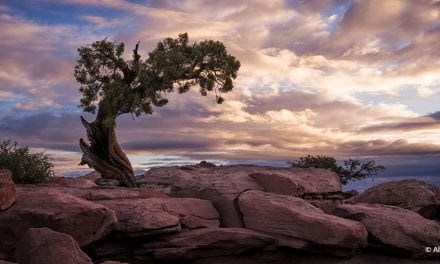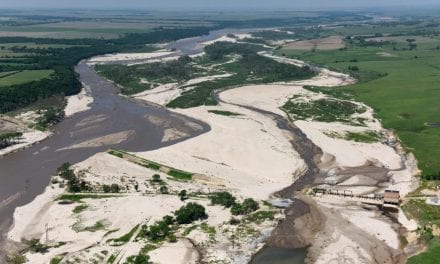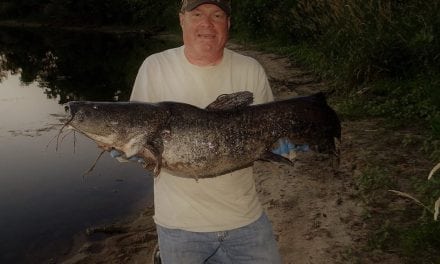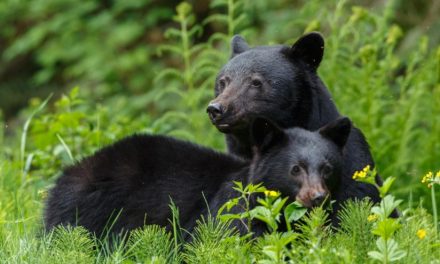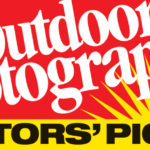
Each year, we select the top cameras, lenses and photographic accessories that we feel represent the advancements made in the art and technology of photography.
While not a comprehensive collection of all of the noteworthy gear introduced in 2018, each of our Editors’ Picks has some unique quality or capability that made it stand out for us as among the best of the best.
Best New Full-Frame Mirrorless System: Nikon Z
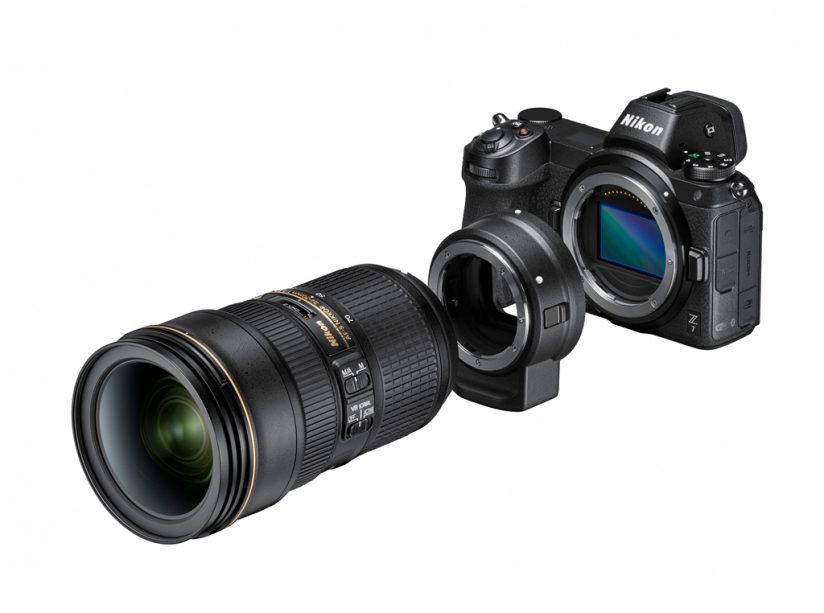
2018 was a turning point for full-frame mirrorless systems, with both Canon and Nikon introducing new cameras and lens mounts after years of speculation and wondering when they would enter this market. Sony has had this segment all to itself since introducing the a7 and a7R in 2013, and in that time has seen its market share explode due to the popularity, performance and consistent development of that system. It was inevitable that Canon and Nikon would need to address the photographers who were leaving their systems for Sony’s mirrorless options.
Both companies made a strong debut, and though there’s a lot to like about both the Canon EOS R and Nikon Z series cameras, Nikon takes the top spot for introducing not one but two new cameras: the Z 6 and Z 7. Identical in exterior design, the two models’ key differences are in resolution and continuous shooting speeds. The Nikon Z 7 offers 45.7 megapixel resolution and can shoot at up to 9 fps. The Z 6 is lower resolution at 24.5 megapixels but is faster at up to 12 fps. Compare that to the 30.3-megapixel EOS R, which tops out at 8 fps in One-Shot AF mode or 5 fps with Servo (continuous) AF.
Canon put a lot of thought into the EOS R, adding convenient new features such as a Control Ring on its new RF mount lenses that allows customizable control over exposure settings, and while longtime Canon shooters with a collection of Canon glass will find this to be an excellent addition to their camera kits (see George Lepp’s review in this issue), we were impressed that Nikon introduced two models that emphasize different performance characteristics. We expect landscape photographers will appreciate the big resolution of the Z 7, while wildlife photographers have the option of even faster shooting rates with the Z 6. Both cameras also incorporate 5-stop, in-camera image stabilization systems—a feature that Canon curiously chose to omit from the EOS R. List prices (body only): $3,399 (Z 7); $1,999 (Z 6). Contact: Nikon, nikonusa.com.
Check out the Nikon Z6 on B&H! | Check out the Nikon Z7 on B&H!
Best New Full-Frame Mirrorless Camera: Sony a7 III
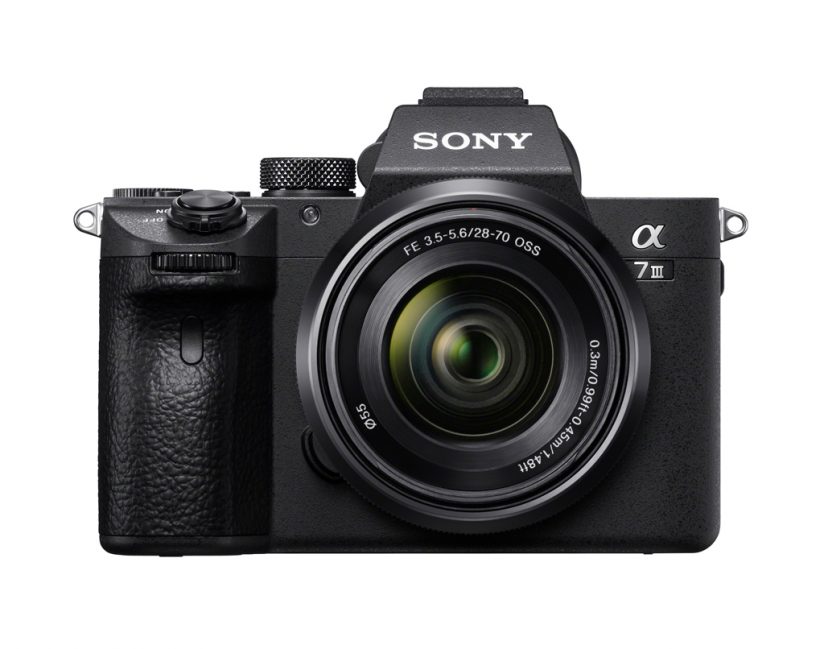
For its excellent value—the first a-Series to be priced under $2,000 at introduction—the Sony a7 III is our pick for the best new full-frame mirrorless camera. Though not quite up to the specs of its higher-tier siblings like the a7R III or the flagship a9, it’s incredibly capable with a 24.2-megapixel sensor, continuous shooting at up to 10 fps and a dynamic range of 14 stops, and currently placing in the top 10 cameras for overall image quality in DxOMark’s independent testing. For photographers who want to step up to full-frame mirrorless at the best value for price, the a7 III is the camera to beat. Contact: Sony, sony.com.
Check out the Sony a7 III on B&H!
Best New APS-C Sensor Mirrorless Camera: Fujifilm X-H1
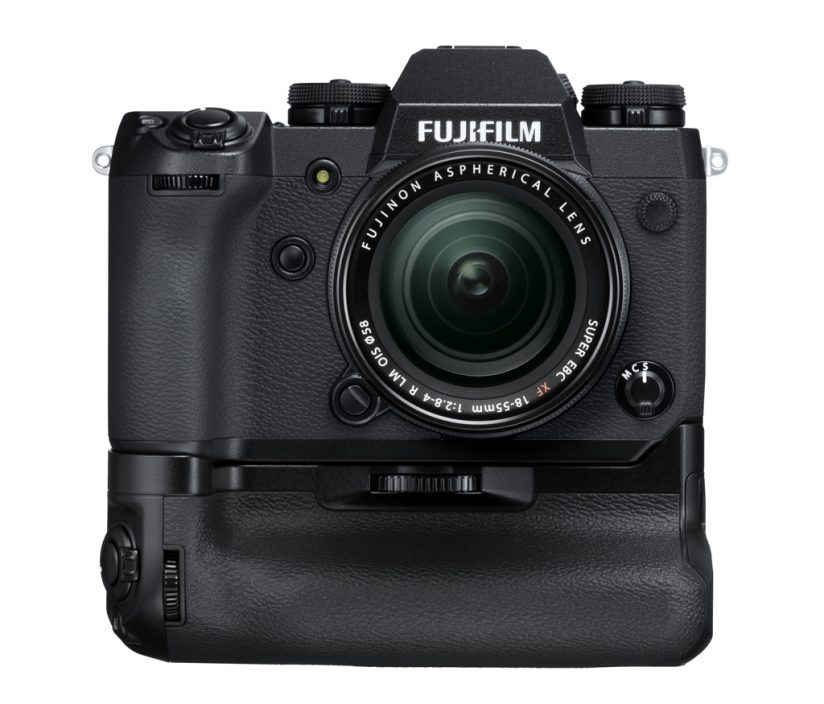
Though full-frame mirrorless development is heating up, there’s still a lot to like about smaller-sensor systems, such as their ability to provide greater telephoto magnification in smaller, lighter lenses. Fujifilm’s X-series cameras have enjoyed a dedicated fan base for their excellent image quality and compact camera bodies, and with the introduction of the X-H1 this year, Fujifilm offered a new level of performance for nature photographers. The 24.3 megapixel APS-C sensor camera is Fujifilm’s first to incorporate 5-axis in-body image stabilization and offers continuous shooting rates of up to 14 fps with its electronic shutter or 8 fps with its mechanical shutter, making it the fastest Fujifilm X-series camera by a wide margin. It also offers an upgraded AF system enhanced for low-light performance that’s compatible with apertures as small as ƒ/11. Though we’ve admired Fujifilm’s mirrorless cameras, the X-H1 is the first model that we feel is especially well-suited for the needs of the outdoor photographer. List price: $1,899. Contact: Fujifilm, fujifilmusa.com.
Check out the Fujifilm X-H1 on B&H!
Best New DSLR: Nikon D3500
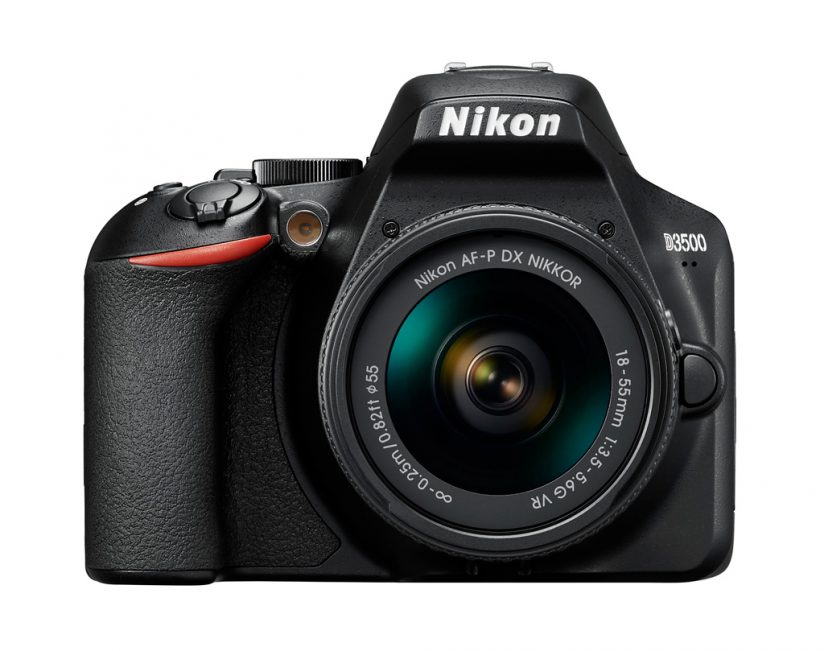
With the emphasis on full-frame mirrorless development this year, it was a relatively quiet one for DSLR introduction. Just two DSLR models were released: the Canon EOS Rebel T7 and the Nikon D3500. Both are entry-level budget models and very similar in specs, with 24-megapixel resolution and comparable Full HD 1080p video capabilities. The Nikon D3500 edges the Canon out in speed, though, with 5 fps continuous shooting versus the EOS Rebel T7’s 3 fps. At $499 for the body only, it’s a great option for photographers stepping up from smartphones and compact cameras to an interchangeable-lens DSLR. Contact: Nikon, nikonusa.com.
Check out the Nikon D3500 on B&H!
Best New Compact Camera: Nikon Coolpix P1000
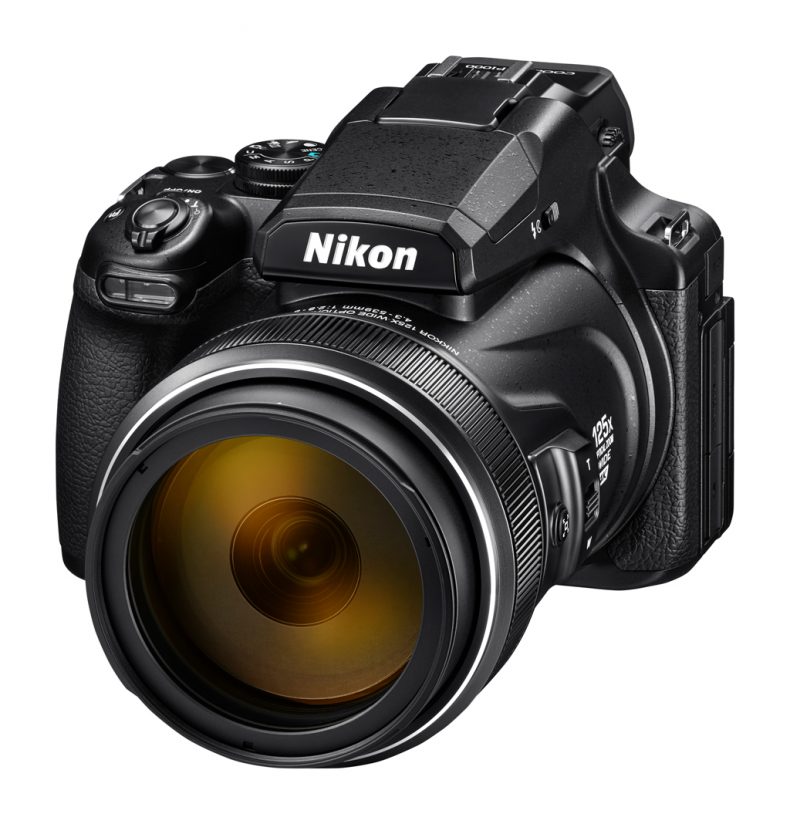
Compact cameras have been squeezed out in recent years with the proliferation of good-quality smartphone cameras for casual shooters and the affordability of interchangeable-lens cameras for photographers who want greater creative flexibility. But there are still noteworthy introductions in the compact, fixed-lens camera space. This year, the standout model is the Nikon Coolpix P1000, with its incredible 125x optical zoom, which provides a 35mm-equivalent focal range from 24mm to 3,000mm. That’s impressive for a camera that’s priced at just $999 and weighs approximately the same as a Nikon D5 body only. Contact: Nikon, nikonusa.com.
Check out the Nikon P1000 on B&H!
The post Editors’ Picks: Best Photo Gear 2018 appeared first on Outdoor Photographer.












